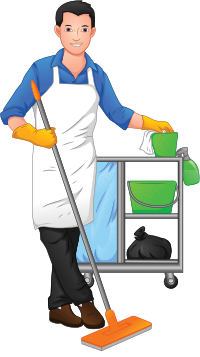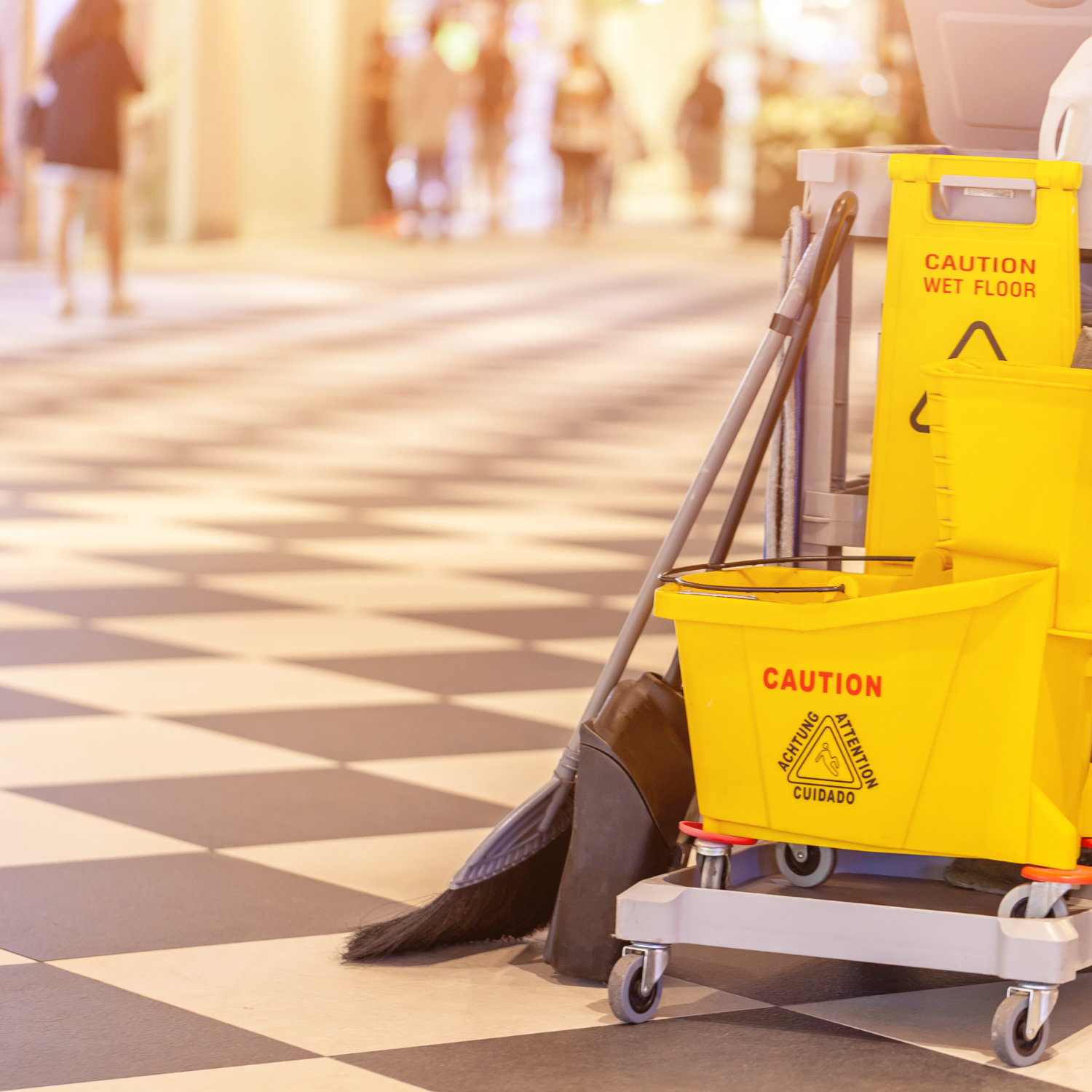
11 Jan Train To Clean: Understanding the Four Critical Cleaning Roles
Cleaning is often seen and treated as peripheral service to an organisation, it is a service that lurks in the background and only rears its head if there is a problem. Cleaning is a very much an underappreciated service, but it is such a critical one. Cleaning has a direct and significant impact on all aspects of the operation of an organisation – Everyone, including customers must have the confidence that you can provide a safe and clean place of work, there are important legal and commercial implications!
Cleaning is a critically important service but it is equally a multi-role service. Cleaning can be broken down into four roles:
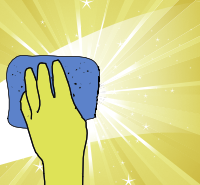
1. Cleaning for Appearance
The first, most obvious, role which everyone naturally associate with cleaning is ‘cleaning for appearance’. This role is to improve and maintain the appearance of surfaces for staff, visitors, customers, and the public. The goal is to provide the highest quality standards within the constraints set by the employer (time and cleaning materials) and the surfaces (surface material, condition, and age) and soiling (type and amount).
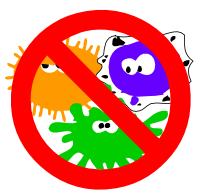
2. Cleaning for Hygiene
Cleaning is at the forefront of infection control and the main weapon in the battle against the spread of an infection. Handwashing is the other weapon known to combat the spread of an infection; however, the standards of handwashing vary wildly across different people. In the end the responsibility for good hygiene always falls to cleaning.
The goal in cleaning for hygiene is to remove all surface soiling and contamination that could harbour potentially harmful microorganisms and reduce the likelihood of spread and recontamination of other surfaces.
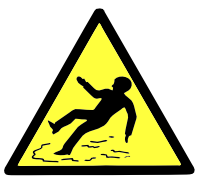
3. Cleaning for Safety
An important function of cleaning is reducing or removing completely potential sources of hazards. Potential sources of hazards include the amount and type of soiling, the effects of environmental conditions (e.g., condensate from humid conditions and temperature changes), room or area location and layout (e.g. public areas, people with mobility issues), and materials, fixtures and fittings (cleaners are often the first to notice damaged items).
The goal is to understand how those potential hazards evolve to become a real risk and what must be done to counter the risk. This is all about being safety aware.

4. Cleaning for ‘Fit for Purpose’
Every item or surface in a room or area has a purpose, it could be a chair, worktop, table, care equipment. It is not possible to clean every item or surface every time, and it is very likely be the case that time does not permit this. However, checking items or surfaces to see if they are fit for purpose – not soiled and can be used, is just as important as cleaning. This subtle but important point emphasises quality and standards in cleaning.
Train to Clean
We have very briefly touched upon the four different but critical roles cleaners undertake, remembering that each one has a direct and significant impact on the organisation. With this degree of risk to the day-to-day operation of your organisation, it really pays to value and invest in training cleaning staff in all these roles. Don’t just train cleaning staff to mindlessly follow methods and schedules, teach them the underlying reasons why and the possible consequences.
We can provide a range of online and onsite for training services, including providing training materials (content, exercises and assessment materials) to enable the development of an inhouse training programme.
